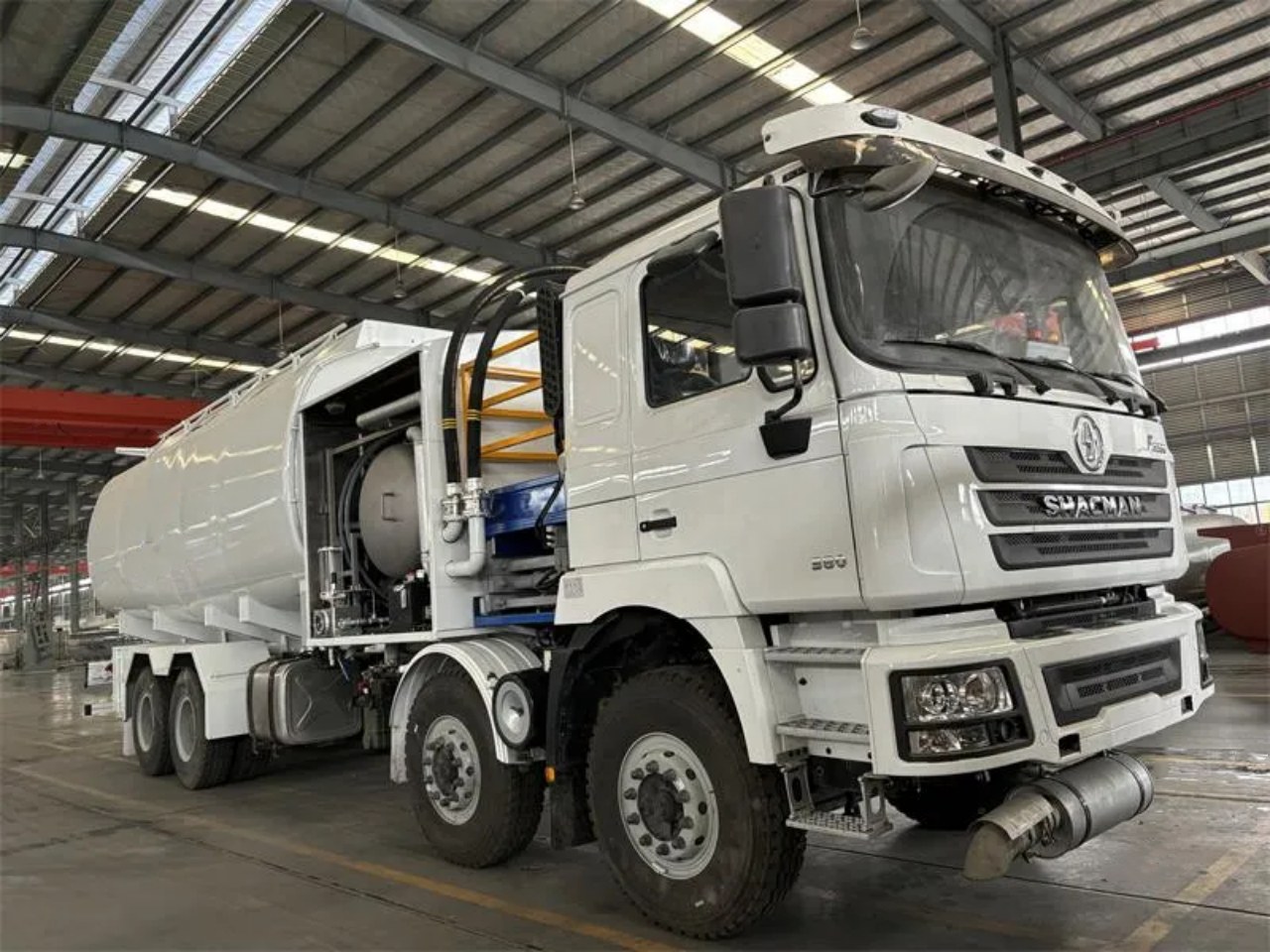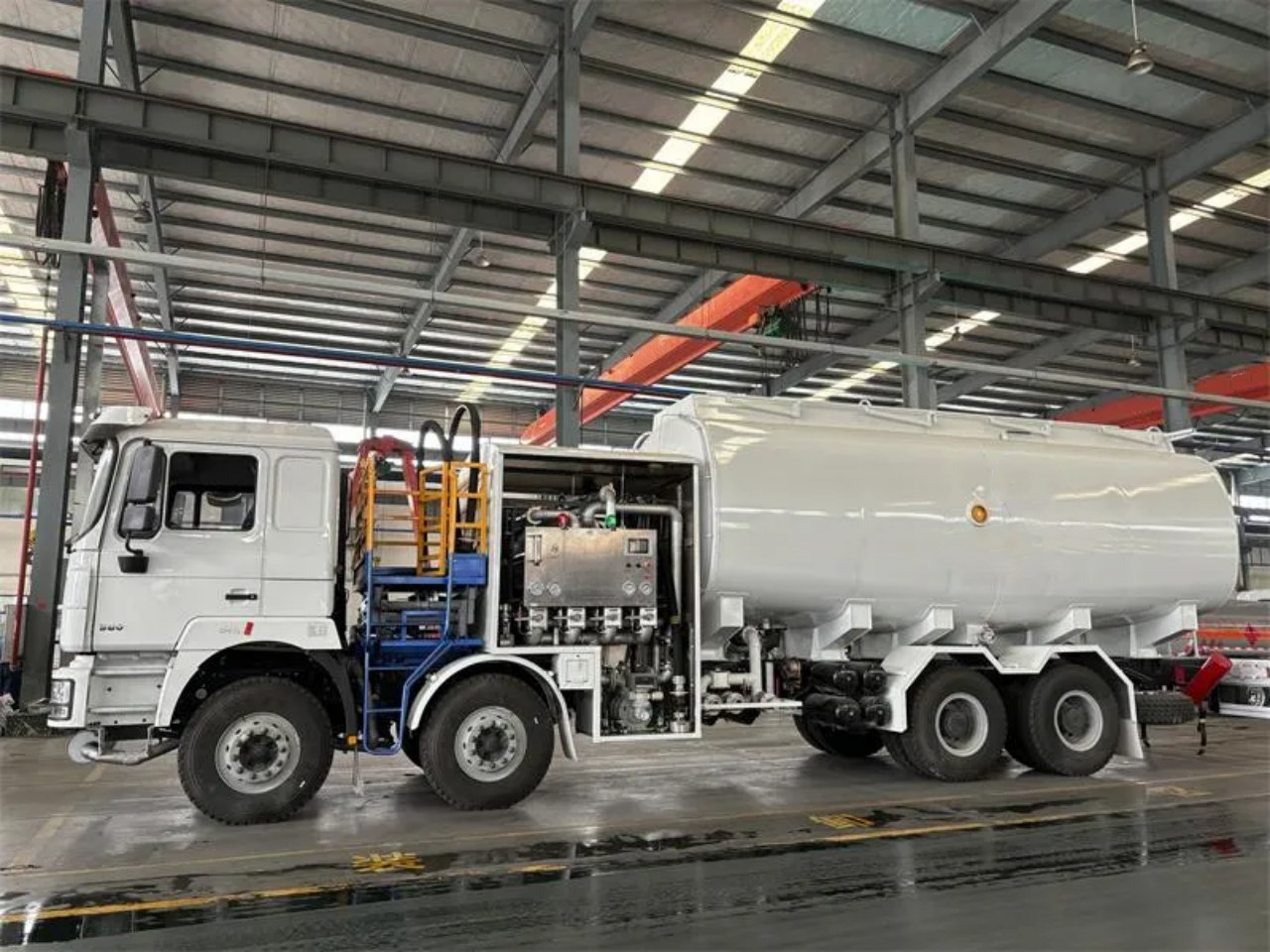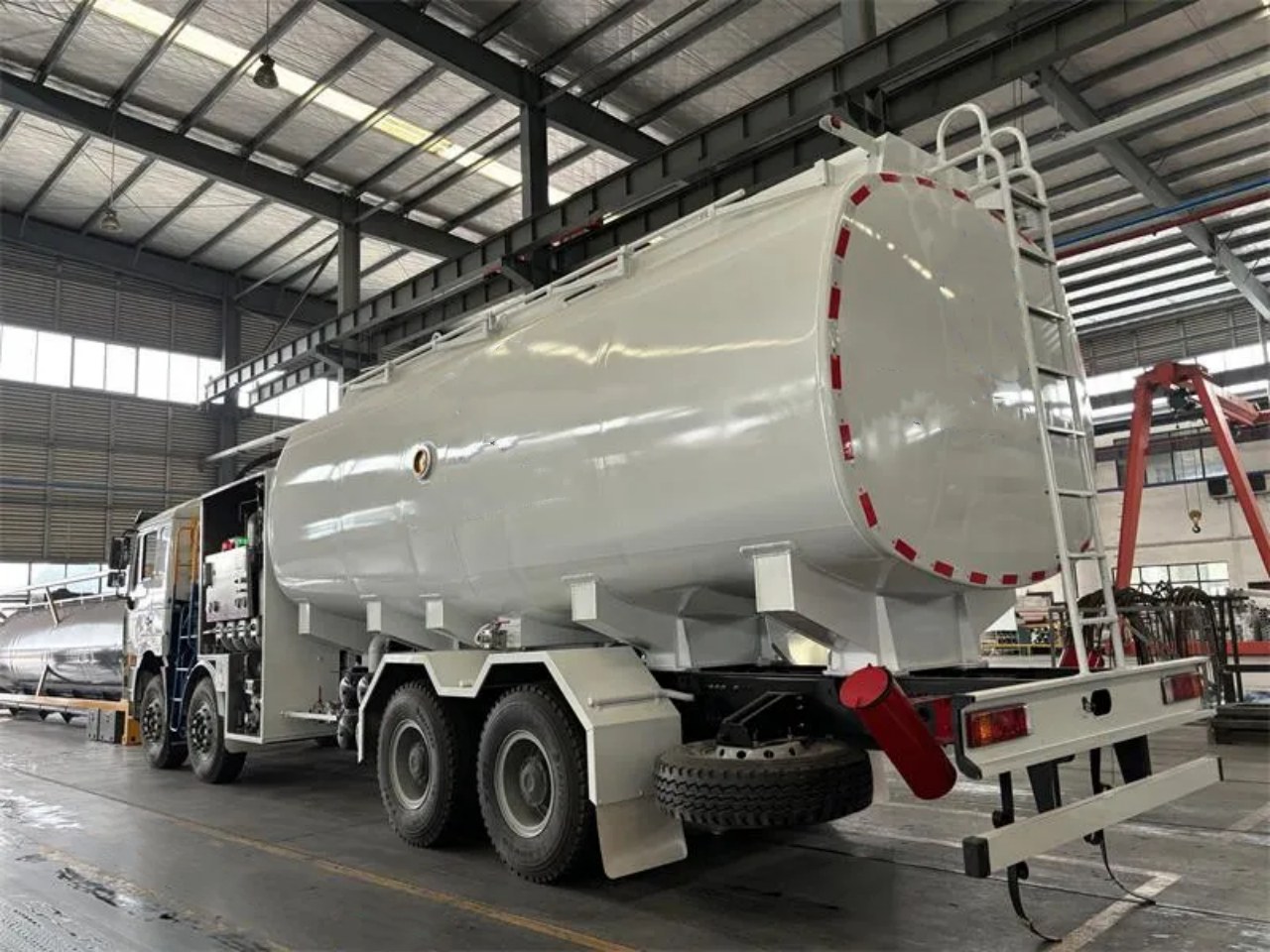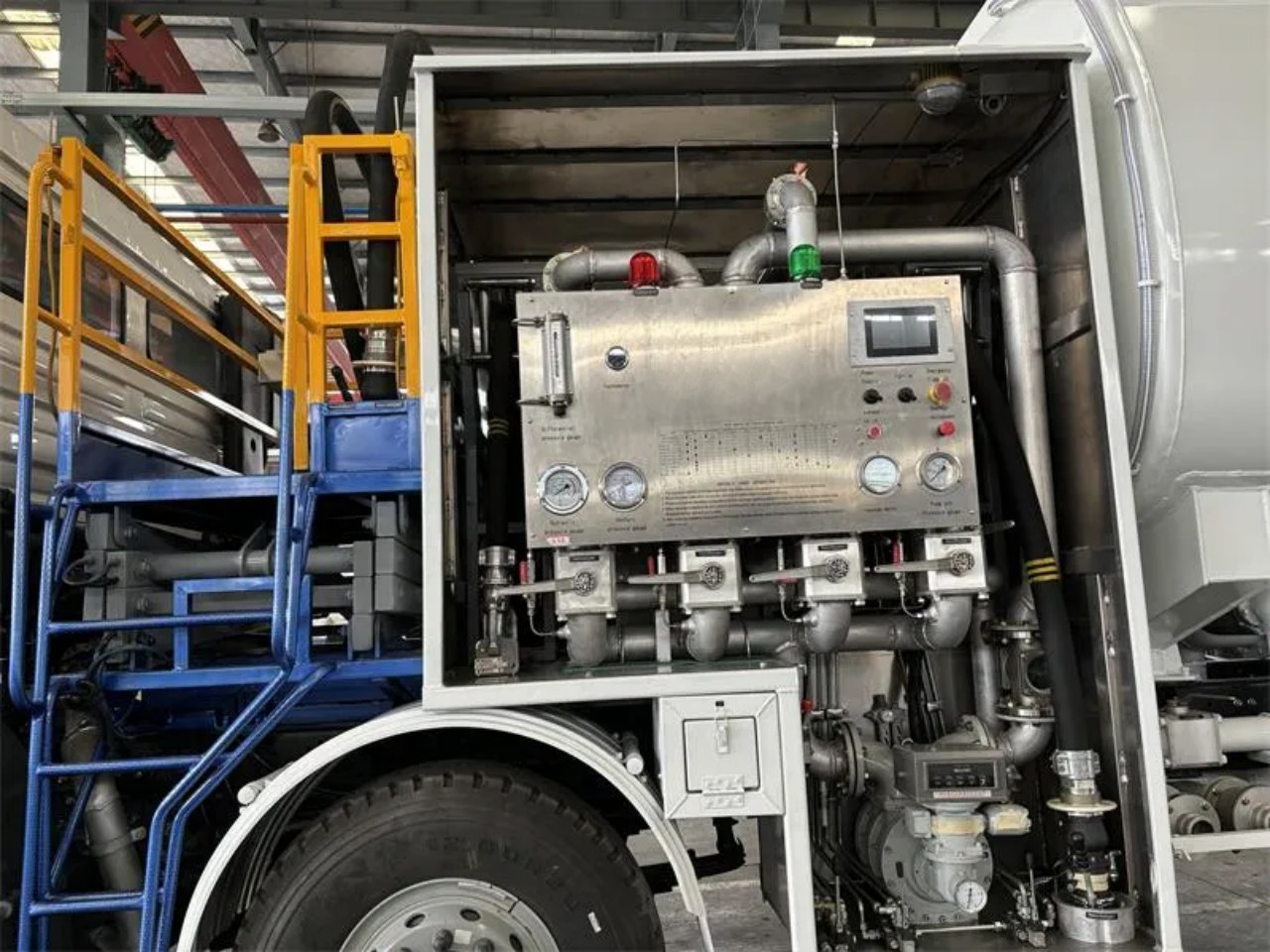Jet fuel is the lifeblood of the aviation industry. It powers the engines of commercial airliners, military jets, private planes, and cargo aircraft that traverse the skies across the globe. But what exactly is jet fuel? How is it different from other fuels? What makes it suitable for the high demands of aviation? In this article, we’ll explore the definition, types, properties, production, and significance of jet fuel in the aviation industry.
Understanding Jet Fuel
Jet fuel is a type of aviation fuel designed specifically for aircraft powered by gas-turbine engines, such as jet engines and turboprops. It is a refined petroleum product, derived from crude oil, and optimized to perform under extreme conditions, including high altitudes and low temperatures. The primary purpose of jet fuel is to provide efficient combustion and reliable power generation in flight.
Unlike automotive gasoline or diesel, jet fuel is formulated with specific additives to improve performance, reduce the risk of icing, and prevent corrosion in fuel systems. It also must meet strict safety and quality standards regulated by aviation authorities.
Types of Jet Fuel
There are several types of jet fuel used in aviation, with the most common being:
1. Jet A and Jet A-1
These are the most widely used fuels in commercial aviation:
- Jet A is primarily used in the United States. It has a freezing point of -40°C (-40°F).
- Jet A-1 is used internationally, with a slightly lower freezing point of -47°C (-52.6°F), making it more suitable for long-haul international flights that fly at higher altitudes and in colder regions.
Both fuels are kerosene-based and have similar energy content. Jet A-1 is favored globally due to its better performance in cold environments and its availability at most airports outside North America.
2. JP-8
Jet Propellant 8 (JP-8) is a military-grade fuel based on Jet A-1, with additional additives for anti-icing, corrosion inhibition, and static dissipation. Used primarily by NATO military aircraft, JP-8 ensures operational reliability in various environments, including combat zones.
3. Jet B
Jet B is a wide-cut fuel that contains both kerosene and naphtha fractions. It has a lower freezing point than Jet A or Jet A-1, typically around -60°C (-76°F), making it ideal for operations in extremely cold climates, such as Arctic regions. However, Jet B is more volatile and flammable, so its use is generally limited to specific military or remote-area operations.
Key Properties of Jet Fuel
Jet fuel must meet stringent criteria to ensure aircraft safety and performance. The following are essential properties:
1. Energy Density
Jet fuel has a high energy content by weight and volume. Jet A-1, for example, has about 35 MJ/L (megajoules per liter), which is critical for maximizing range and efficiency in long-haul flights.
2. Low Freezing Point
At cruising altitudes, temperatures can drop below -50°C. Jet fuel must remain liquid under these conditions, so freezing point specifications are crucial. Jet A-1’s low freezing point is particularly advantageous for intercontinental flights.
3. Volatility
Jet fuel must vaporize at the right rate to support efficient combustion in turbine engines. If the fuel is too volatile, it becomes a fire hazard; if not volatile enough, it won’t ignite properly.
4. Clean Burning
Jet fuel should burn with minimal residue or soot. Clean combustion is important for reducing engine wear, ensuring consistent performance, and limiting emissions.
5. Additive Compatibility
Jet fuels often include additives to enhance performance, including:
- Anti-icing agents (prevent fuel line freezing)
- Corrosion inhibitors
- Antioxidants
- Static dissipaters
How Jet Fuel is Produced
Jet fuel is a product of the crude oil refining process, particularly from the middle distillates fraction. Here’s a brief overview of how it’s made:
- Crude Oil Distillation – Crude oil is heated and separated into various components based on boiling point. Jet fuel comes from the kerosene fraction.
- Hydroprocessing – To improve performance and remove impurities like sulfur and aromatics, the fuel undergoes hydrocracking and hydrotreating.
- Blending – Refiners add additives and blend different fuel streams to meet international specifications like ASTM D1655 for Jet A and Jet A-1.
- Quality Control – Jet fuel is subject to rigorous testing for properties such as flash point, freezing point, density, and cleanliness before being approved for aviation use.
Environmental and Safety Considerations
1. Emissions
Like all fossil fuels, jet fuel combustion releases carbon dioxide (CO₂), nitrogen oxides (NOₓ), and particulate matter. Aviation contributes a relatively small but growing portion of global greenhouse gas emissions. The industry is actively researching sustainable alternatives, such as Sustainable Aviation Fuel (SAF), to reduce environmental impact.
2. Safety
Jet fuel must be stored, transported, and handled with extreme care. It is flammable but less volatile than gasoline, which reduces some risks. Ground crews follow strict protocols to minimize static discharge, leaks, and contamination.
Sustainable Alternatives to Jet Fuel
With growing concerns about climate change and carbon emissions, the aviation industry is investing heavily in alternative fuels. The most promising is Sustainable Aviation Fuel (SAF), which is derived from renewable sources such as:
- Plant oils
- Agricultural waste
- Algae
- Municipal solid waste
- Used cooking oil
SAF can reduce lifecycle greenhouse gas emissions by up to 80% compared to conventional jet fuel. It is chemically similar to Jet A-1 and can be used in existing aircraft engines and infrastructure without modification, making it a viable transitional fuel.
The Importance of Jet Fuel in Aviation
Jet fuel is vital to the modern aviation system. Without it, commercial air travel, military operations, and air freight would come to a halt. Its high performance, energy density, and ability to function reliably under harsh conditions make it irreplaceable, at least for now.
Airlines, aircraft manufacturers, and fuel producers continue to innovate, seeking ways to make jet fuel more efficient, cleaner, and eventually replace it with greener alternatives. Until then, jet fuel remains the cornerstone of aviation, enabling safe, fast, and long-distance air travel.
Conclusion
Jet fuel is far more than just a refined petroleum product. It is a meticulously engineered energy source that powers the global aviation industry. From commercial jets soaring across continents to military aircraft navigating high-stress environments, jet fuel ensures engines perform efficiently and safely. As technology evolves, sustainable alternatives may redefine what jet fuel means—but for now, it remains one of the most critical components of flight.





